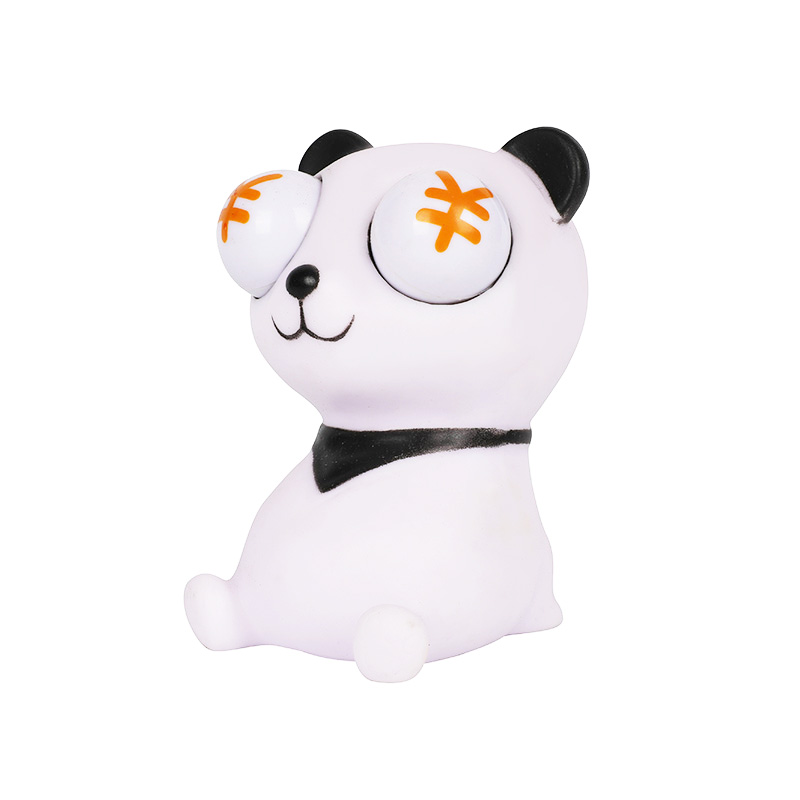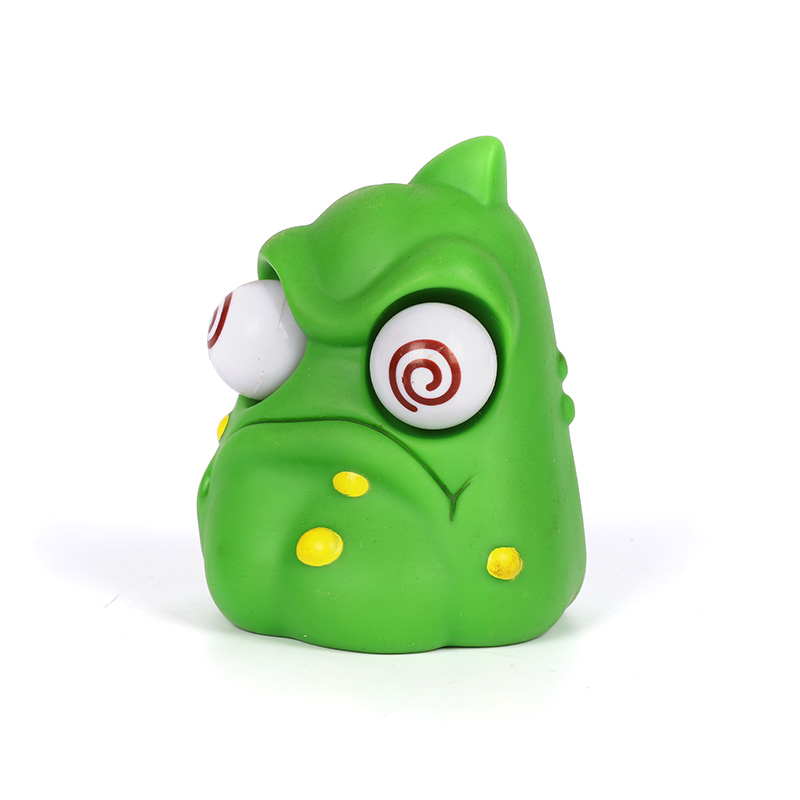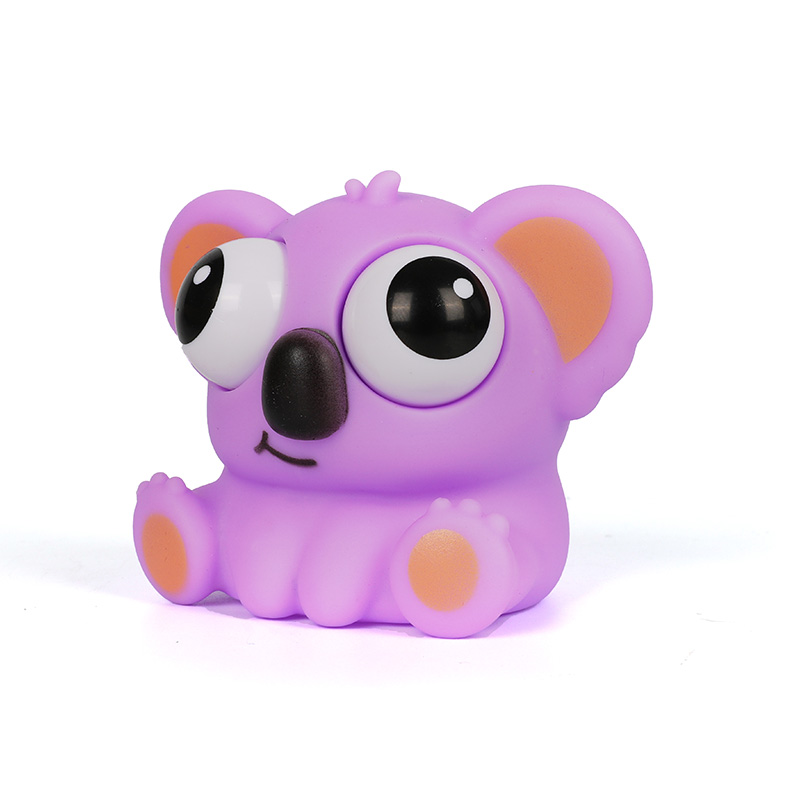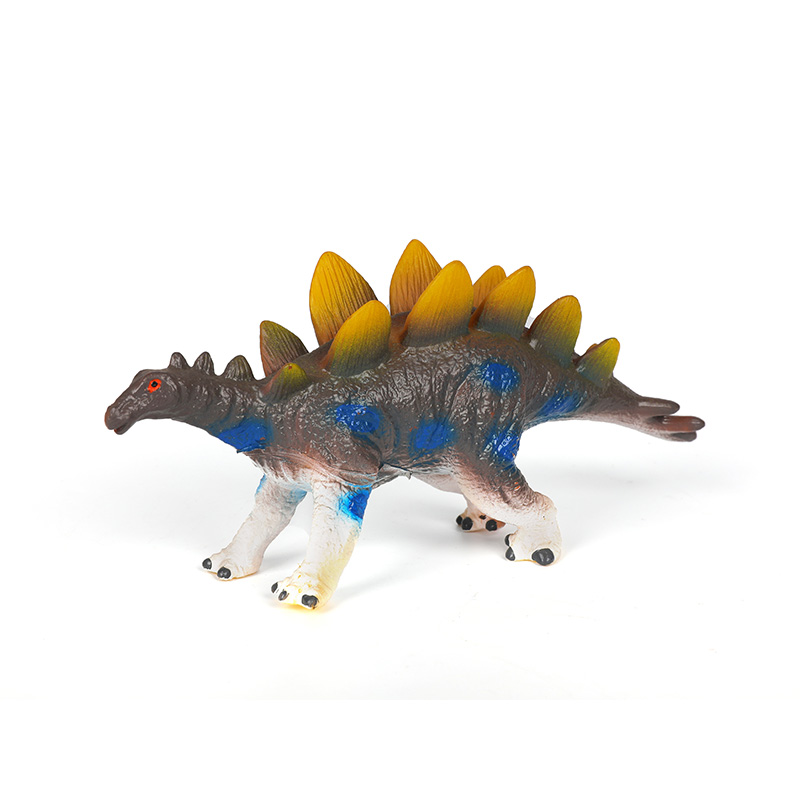- Type:
- Industry News
- Date
- 2024-Aug-16
The Role Of Stress Relief Toys In Early Childhood Education: A Focus On Plastic Chickens Screaming
Early childhood education (ECE) is a critical phase in a child's development, aiming to lay the foundation for cognitive, social, and emotional growth. Amidst the structured learning environments and educational tools, stress relief toys are emerging as valuable assets in nurturing young minds. Among these, funny stress relief toys, such as plastic chickens that scream, are gaining attention for their unique contribution to early childhood development. This article explores how such toys can be integrated into early education settings and the benefits they offer.
The Importance of Stress Relief in Early Childhood Education
Children experience stress and anxiety just like adults, though the sources and manifestations might differ. Stress in young children can stem from various sources, including separation from parents, difficulty in adjusting to new routines, or even the pressures of learning new skills. Incorporating stress relief strategies into ECE can help children manage their emotions and develop resilience.
Stress relief toys, particularly those that provide humor and sensory stimulation, play a significant role in this context. These toys help children channel their feelings in a constructive manner, promoting emotional regulation and reducing anxiety. By engaging with stress relief toys, children can experience a sense of control and comfort, which supports their overall well-being and readiness to learn.
Plastic Chickens Screaming: A Unique Stress Relief Tool
Plastic chickens that scream, often seen as humorous novelty items, have unique characteristics that make them particularly effective as stress relief toys for young children. These toys, when squeezed or activated, produce a comical screeching sound that can evoke laughter and surprise. The humor and sensory feedback from these toys can provide several benefits in early education settings:
1. Emotional Expression: The playful nature of plastic chickens encourages children to express their emotions through laughter and interaction. This can help children release pent-up stress and enhance their emotional expression, which is crucial for developing emotional intelligence.
2. Sensory Stimulation: The sound and texture of these toys offer sensory stimulation that can be soothing for young children. Sensory play is an essential component of early childhood education, as it supports the development of sensory processing skills and helps children become more aware of their surroundings.
3. Social Interaction: Toys that elicit laughter and shared experiences can foster social interactions among children. When children play with plastic chickens together, they learn to cooperate, take turns, and engage in group play. This enhances their social skills and builds stronger peer relationships.
4. Cognitive Development: The simple cause-and-effect mechanism of squeezing the chicken to produce sound can aid in cognitive development. Children learn about cause and effect through repetitive play, which supports their problem-solving skills and understanding of basic concepts.
Incorporating Stress Relief Toys into Early Education Programs
Integrating stress relief toys like plastic chickens into early education programs requires thoughtful planning. Educators should consider the following strategies to maximize the benefits of these toys:
1. Structured Playtime: Designate specific times for children to engage with stress relief toys. This can be during free play sessions or as part of a structured activity that focuses on emotional regulation.
2. Guided Interaction: Provide guidance on how to use the toys effectively. Educators can model how to play with the toys and encourage children to express their feelings and share their experiences with peers.
3. Balance with Educational Activities: While stress relief toys are valuable, they should complement rather than replace traditional educational activities. Ensure that children have a balanced experience that includes cognitive, physical, and social learning opportunities.
4. Safety Considerations: Select stress relief toys that are safe and age-appropriate. Regularly inspect the toys for any signs of wear or damage to ensure they remain safe for use.
The Future of Stress Relief Toys in Early Childhood Education
As the understanding of stress and its impact on young children continues to evolve, the role of stress relief toys in early childhood education is likely to become more prominent. Toys that combine humor, sensory stimulation, and interactive elements, like plastic chickens that scream, offer a unique approach to addressing emotional and developmental needs.
The integration of these toys into educational settings highlights the importance of creating supportive environments where children can thrive emotionally and socially. By incorporating stress relief toys into early education programs, educators can help children navigate their emotions more effectively, build resilience, and develop a positive attitude toward learning.
In conclusion, funny stress relief toys such as plastic chickens screaming provide valuable benefits in early childhood education. They support emotional expression, sensory stimulation, social interaction, and cognitive development. As early childhood education continues to evolve, these innovative tools will play an essential role in fostering well-rounded, emotionally resilient children.


 English
English
 English
English русский
русский Español
Español











